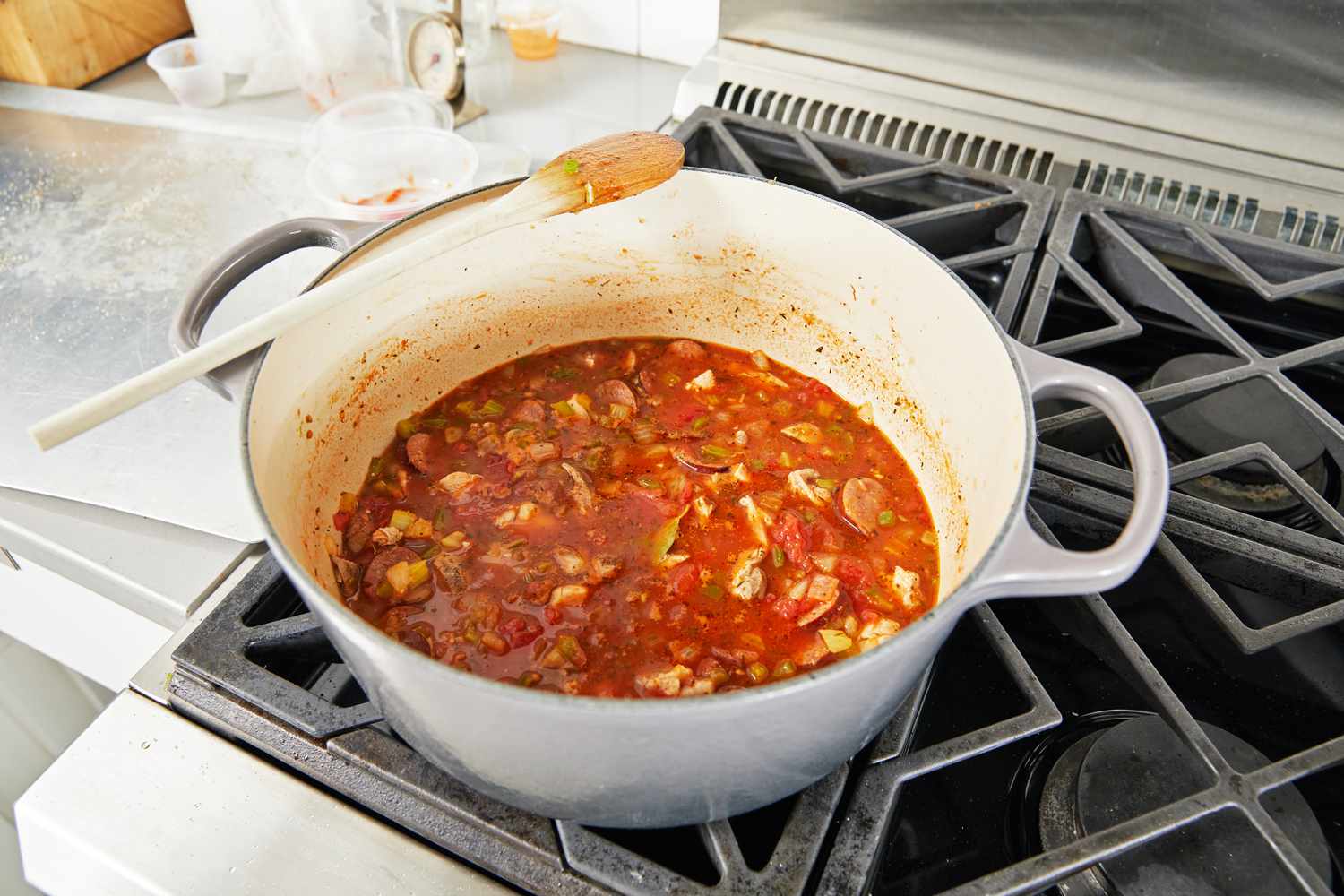Baking bread is both an art and a science. For many kitchen professionals, the question of how to bake bread in a dutch oven is pivotal in achieving bakery-quality results right at home or in a professional setting. A Dutch oven is a versatile tool that elevates breadmaking to the next level with its ability to trap steam and produce an irresistibly crispy crust while maintaining a soft, airy interior. This article will delve deeply into mastering the craft of baking bread using this essential kitchen tool.

Why Bake Bread in a Dutch Oven?
Before diving into the technique, lets understand why a Dutch oven is ideal for bread baking. The thick walls of a Dutch oven ensure even heat distribution during the baking process. Additionally, its lid traps steam, which is crucial for developing that perfectly crisp crust we all love in artisan bread. When it comes to learning how to bake bread in a dutch oven, understanding these benefits is the foundation of success.
If you're interested in other ways to care for your cookware, such as restoring your enameled cast iron, make sure your tools are in perfect condition to achieve great results.
Essential Equipment for Baking Bread
The Dutch Oven
Not all Dutch ovens are created equal. When selecting one, look for an oven that can withstand high temperatures of up to 500F or more. Cast iron Dutch ovens, especially those with enamel coatings, are preferred for their durability and heat retention properties.
Baking Tools
- A proofing basket (banneton) for shaping your dough.
- A bench scraper for handling sticky dough.
- A kitchen scale for precise measurements.
- Parchment paper to make transferring the dough hassle-free.
For those who are curious about maintaining other cast iron-related cookware, you might want to check out this article on how to season a Dutch oven.
Step-by-Step Guide: Baking Bread in a Dutch Oven
Step 1: Preparing the Dough
The first and most critical step in learning how to bake bread in a dutch oven is to prepare the dough properly. This includes mixing the ingredients: flour, water, yeast, and salt, and then kneading until an elastic consistency is achieved. For professionals, autolysea resting period for the mixed flour and waterenhances gluten development.
Step 2: Proofing the Dough
Proofing allows the yeast to ferment, giving the bread its structure, texture, and flavor. Place the dough in a lightly oiled bowl, cover it, and let it rise until it doubles in size. Depending on the recipe and the ambient temperature, this can take anywhere from 1 to 2 hours.
Step 3: Preheating the Dutch Oven
Preheating the Dutch oven simplifies transferring the dough and enhances the oven spring. Place the Dutch oven in your regular oven and preheat it to the desired baking temperature (usually around 450F).
For more tips on safely handling high-heat cast iron cookware, explore this guide on removing burnt residue from enameled cast iron.
Step 4: Baking the Bread
Carefully transfer your dough into the preheated Dutch oven using parchment paper. Cover with the lid and bake for the first 2030 minutes. Then, remove the lid to allow the crust to brown beautifully.
Want to know how Dutch ovens affect other cooking techniques? Check this out: Dutch oven versatility.
Step 5: Cooling and Slicing
Allow the freshly baked loaf to cool on a wire rack for at least an hour before slicing. This ensures the bread's interior sets properly and conserves the texture.
Pro Tips for Perfect Bread Every Time
- Use a kitchen thermometer to ensure water temperatures are optimal for yeast activation (95F-110F).
- Experiment with different types of flour such as whole wheat or rye for variations in texture and flavor.
- Invest in razor-sharp scoring tools for artistic designs on the breads exterior.

FAQs About Baking Bread in a Dutch Oven
1. Why is my bread sticking to the Dutch oven?
Using parchment paper or thoroughly dusting your dough with flour prevents sticking. Ensure the Dutch oven is properly preheated as well.
2. Can I bake no-knead bread in a Dutch oven?
Yes! Dutch ovens are perfect for no-knead bread, as their sealed environment aids in achieving a professional-looking loaf with minimal effort.
3. How do I clean my Dutch oven after baking?
For advice, look into our guide on cleaning enameled cast iron to maintain your Dutch oven and ensure long-term performance.
By mastering how to bake bread in a dutch oven, you can consistently produce perfect loaves that exemplify your skill as a professional baker. With the right tools, techniques, and a bit of practice, the Dutch oven can become your most reliable companion in the kitchen.
This article contains affiliate links. We may earn a commission at no extra cost to you.






Leave a comment
This site is protected by hCaptcha and the hCaptcha Privacy Policy and Terms of Service apply.